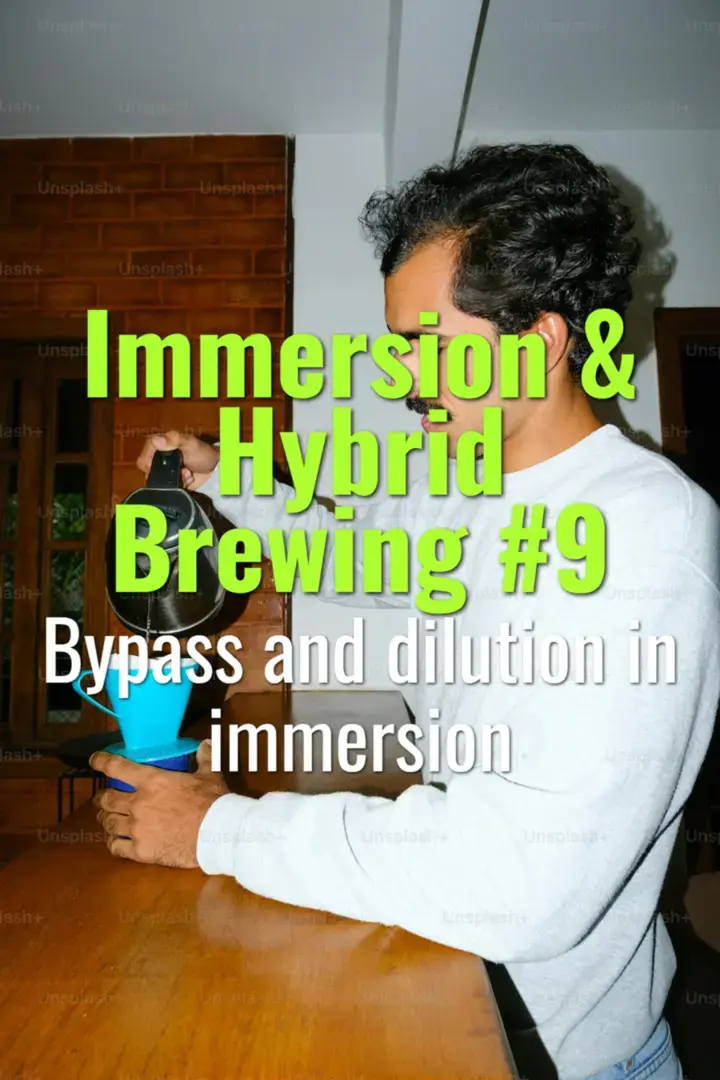Bypass and dilution in immersion
How bypass and dilution techniques can adjust strength and flavor balance in immersion and hybrid brewing without compromising extraction quality.
- Coffee Basics Nerds
- 1 min read

Bypass and Dilution in Immersion Brewing
-
Bypass Concept:
-
Brewing a concentrated base and adding water afterward to reach desired strength.
-
Extraction yield remains consistent because water bypasses the grounds.
-
Example: AeroPress concentrate diluted to a filter-like strength.
-
Dilution Applications:
-
Adjusts beverage strength without altering extraction chemistry.
-
Useful for customizing strength (stronger or lighter cup) for different drinkers.
-
Helps when aiming for higher extraction yields without producing overly strong coffee.
-
Flavor Outcomes:
-
Dilution can enhance clarity and brightness while preserving sweetness.
-
Poorly managed dilution risks making coffee taste thin or watery.
-
Works well for highlighting delicate origins that risk being masked in full-strength immersion brews.
-
Practical Examples:
-
AeroPress: Brew at high strength, then dilute 1:1 for clarity and balance.
-
French Press: Brew strong and decant, then top with hot water for lighter cups.
-
Cupping: Concentrated brews can be diluted for calibration comparisons.
-
Best Practices:
-
Always use water of the same quality and temperature as brewing water for dilution.
-
Measure concentrate yield precisely to calculate consistent dilution ratios.
-
Taste side by side with undiluted brews to train palate on differences.
Summary
Bypass and dilution are effective tools for modulating strength in immersion and hybrid brews. They allow flexibility in serving preferences while keeping extraction yield consistent, ensuring both balance and clarity in the final cup.